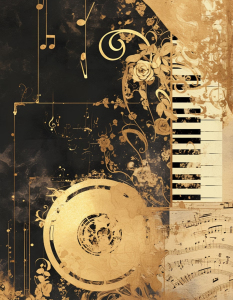Learning: The Many Ways People Have Tried to Record Sound!
Recording sound has been a long standing goal for humanity. From ancient pottery legends to modern digital formats, the evolution of sound capture reflects our fascination with preserving music and speech. Understanding this history can deepen your appreciation when interpreting classical sheet music, practicing with piano notes, or working through piano online lessons based on easy sheet music.
1. Fiction and Fantasy: A Sound from Antiquity?
One story in Ni Kuang’s Wesley novels—Ancient Sound—features a reel of tape found inside a pottery artifact. The twist: that pottery supposedly “recorded” sound while it was being shaped. While this is pure fiction (with no basis in classical sheet music or historical recording methods), it illustrates how deeply people long to capture a moment in time through sound. This dream also underpins modern composers writing for piano, transcribing their ideas into piano notes to preserve them.
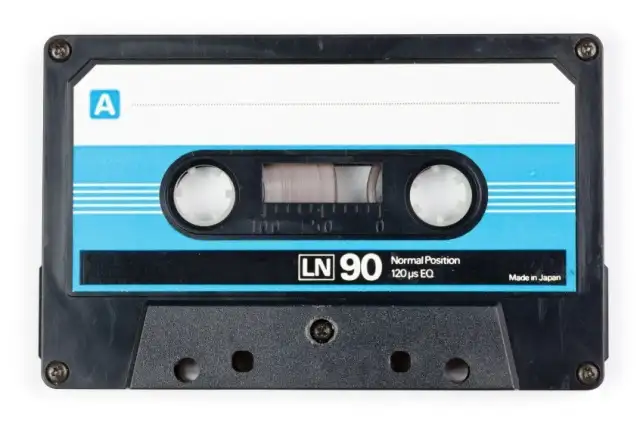
2. The Phonautograph: Tracing Sound Waves (1857)
In 1857, Édouard Léon Scott de Martinville invented the phonautograph—a device that etched sound waveforms onto soot darkened paper. It couldn’t play back the sound, but it visually recorded sound vibrations. This device set the stage for future breakthroughs, much like how beginners studying easy sheet music start by visually holding notes on the staff before hearing them.
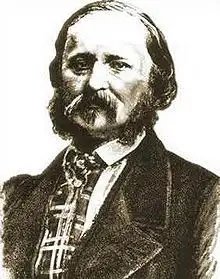
3. Edison's Phonograph: Sound You Could Hear (1877)
On November 21, 1877, Thomas Edison introduced the phonograph, the first device capable of both recording and playing back sound, using tinfoil-coated cylinders. This was the first true achievement in sound reproduction. It revolutionized how composers and performers—including those of classical sheet music—could preserve their interpretations and share them more widely.
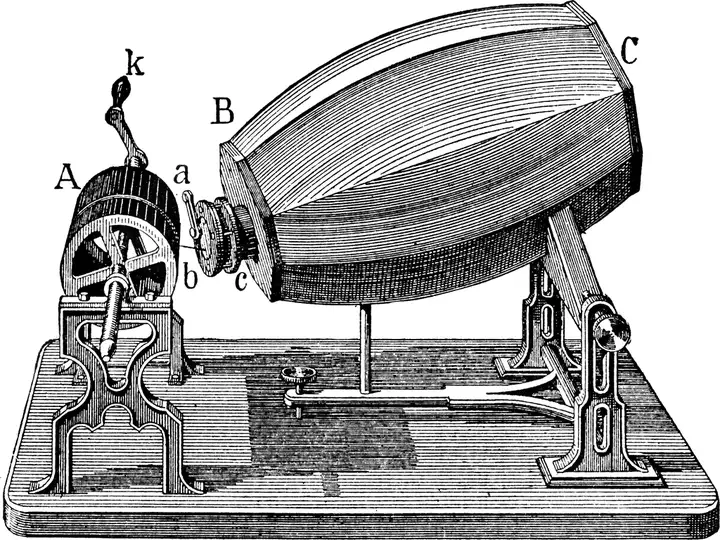
4. Graphophone and Commercial Recording
Alexander Graham Bell’s team improved Edison’s design by adopting wax cylinders and electric motors, releasing the Graphophone in 1886. This innovation helped commercialize talking machines and began the era of personal audio enjoyment—just like downloadable easy sheet music and piano online lessons have done for private music learning.
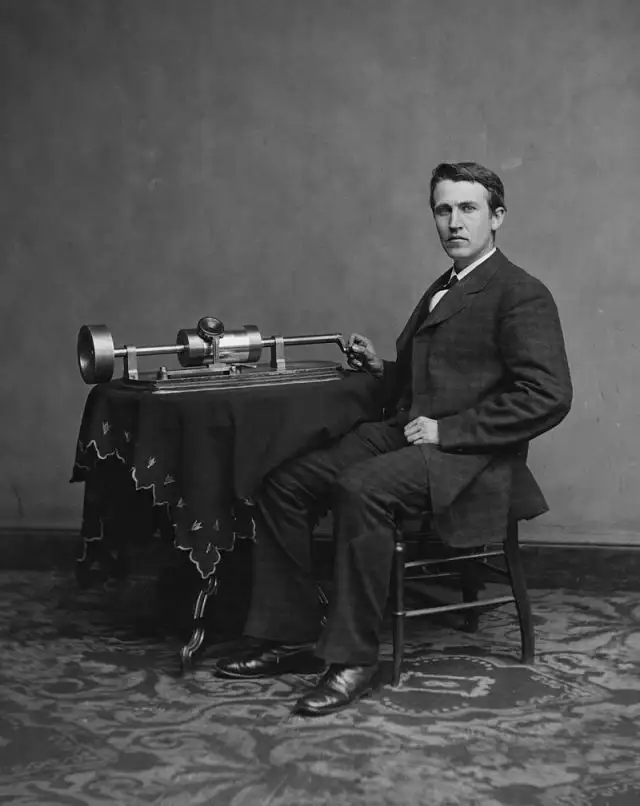
5. Flat Discs and Vinyl: Sound Goes Mainstream
Emile Berliner’s breakthrough came in 1887 with flat disc records and gramophones. By 1890 they were made of shellac, paving the way for modern records. The commercial launch of shellac discs in the 1920s brought recorded music into homes and even historical archives—much like well annotated piano notes help preserve performance traditions.
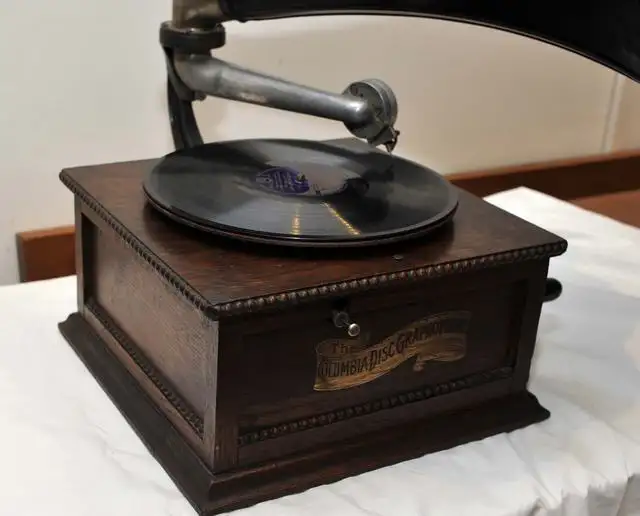
6. LP Records: Long Play, Rich Tone (1931–1948)
The introduction of 33⅓ RPM LPs by RCA in 1931—and their mass production starting in 1948—was transformative. Each side could hold over 20 minutes of audio, perfect for full sonatas and symphonies scored in classical sheet music. Many piano students still learn movements from LP recordings, using liner notes and piano notes for interpretive guidance.
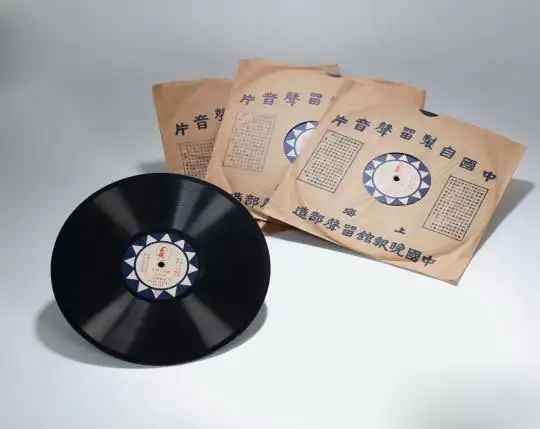
7. CDs: The Digital Revolution (1982 Onwards)
By the 1970s, limitations of analog formats led to efforts to digitize audio. In June 1982, Philips, Sony, and Polygram introduced the Compact Disc (CD). With laser etched data pits storing digital 1s and 0s, CDs offered precision, consistency, and portability. With the release of the Sony CDP 101 in October 1982, CDs and piano online lessons materials on CD suddenly became premium study tools—especially for those using easy sheet music and following along with piano notes printed in accompanying booklets.
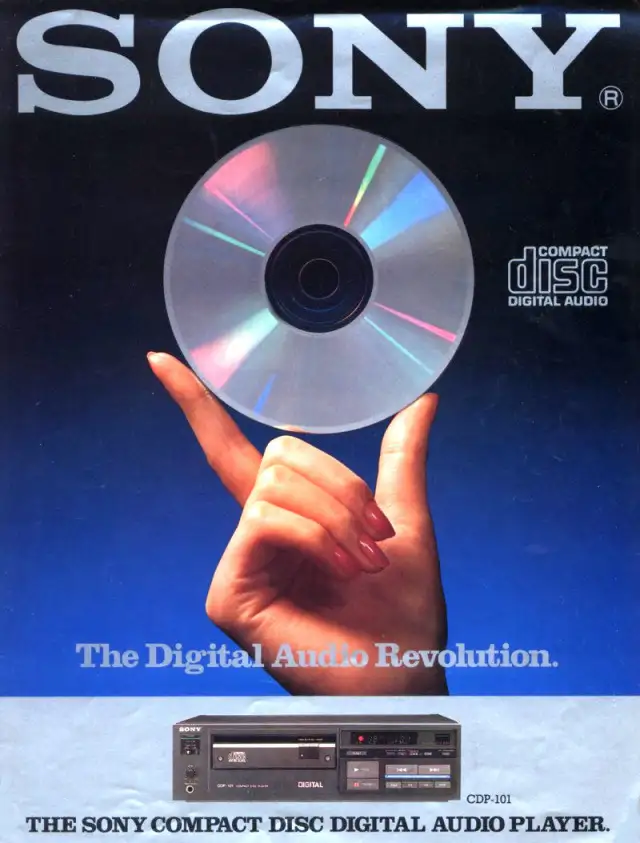
8. The Ongoing Search for Better Formats
CDs surpassed vinyl in sales by 1988 and cassette tapes by 1992. Since then came MiniDiscs, MP3s, streaming—and even revival of vinyl. Yet the goal remains unchanged: faithfully capture sound and convey emotion. This mirrors our goals in music education: using classical sheet music, easy sheet music, piano notes, and piano online lessons to faithfully transmit artistic expression to listeners and players alike.
Conclusion
Across centuries—from phonautograph tracings to digital lasers—we’ve sought to preserve the intangible: music and memory. For aspiring pianists, understanding this rich history encourages deeper musical insight. Whether you're interpreting a complex piano sonata with classical sheet music, working through an easy sheet music arrangement using detailed piano notes, or refining technique through piano online lessons, you're part of a grand tradition. Every performance is, in essence, a new recording destined to resonate across time.
FAQs
Q1: Why is understanding the history of sound recording important for music learners?
A: It provides context for how music has been preserved and shared over time. Whether you study through classical sheet music or use piano online lessons, appreciating this evolution can enhance your interpretive skills.
Q2: Can listening to older formats like vinyl help with piano practice?
A: Yes, many historic recordings of classical performances are preserved on vinyl. Listening closely while following along with piano notes or easy sheet music can help build musical phrasing and timing awareness.
Q3: How do modern technologies benefit classical music students?
A: Today’s learners have access to piano online lessons, digital recordings, and interactive tools that were unimaginable in the early days of audio. Combined with classical sheet music, these resources offer a comprehensive learning experience.

